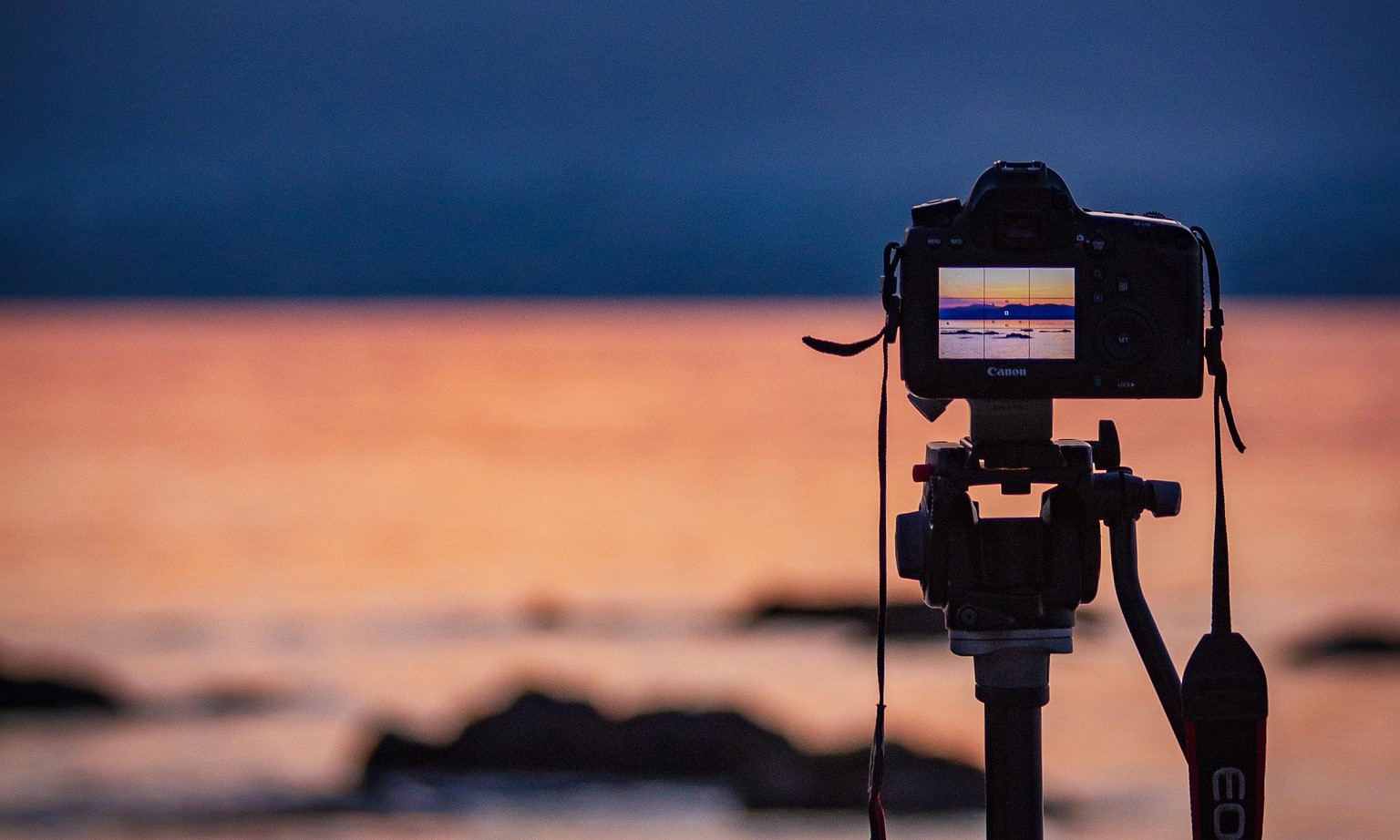You’ve got your camera gear all ready for the bush. Looking forward to bringing back spectacular stills and vids from your holiday.
Well, before you start clicking away. Please get acquainted with Tsavo National Park first, with its vast landscapes and abundant wildlife. From the iconic red elephants to the elusive big cats, capturing the essence of this Kenyan wilderness requires not just a good camera but also an understanding of the best spots and timing for wildlife photography.
This guide will help you maximize your chances of getting those stunning shots.
Best Timing for Wildlife Photography
Timing is crucial for successful wildlife photography in Tsavo. The golden hours, early morning (sunrise) and late afternoon (sunset), are universally considered the best. During these times, the light is soft, warm, and directional, creating beautiful shadows and highlights that add depth and drama to your images. Animals are also most active during these cooler periods, increasing your chances of capturing dynamic behaviors like hunting, grazing, or social interactions.
Sunrise (approximately 6:00 AM - 8:00 AM): Animals are often on the move after a night of hunting or grazing. The soft light is perfect for capturing wide-angle landscape shots with wildlife silhouettes.
Mid-day (approximately 10:00 AM - 3:00 PM): The light can be harsh and overhead, creating strong shadows. This is often a good time for capturing birds or animals seeking shade near water sources.
Sunset (approximately 4:00 PM - 6:30 PM): The warm, golden light creates stunning backdrops for wildlife portraits and action shots. Animals often head to waterholes before settling down for the night.
Best Spots for Wildlife Photos in Tsavo
Tsavo East National Park
Tsavo East's open plains and sparse vegetation make wildlife spotting relatively easier, offering excellent opportunities for wide-angle shots and capturing large herds.
Aruba Dam: A permanent water source that attracts a wide variety of animals, especially during the dry season. It's an excellent spot for capturing elephants, zebras, and various bird species.
Galana River: The riverine vegetation along the Galana River provides a lush contrast to the arid plains and is a magnet for wildlife, including crocodiles, hippos, and various antelope.
Mudanda Rock: A massive rock outcrop that serves as a water catchment area, attracting elephants and other animals, especially during the dry season. It offers elevated viewpoints for panoramic shots.
Tsavo West National Park
Tsavo West's varied topography, including volcanic hills and dense bush, offers different photographic challenges and rewards, particularly for more intimate wildlife encounters.
Mzima Springs: With its crystal-clear waters and underwater viewing chamber, Mzima Springs provides a unique opportunity to photograph hippos and crocodiles from an unusual perspective.
Ngulia Rhino Sanctuary: This sanctuary offers the best chance to photograph the critically endangered black rhinoceros in a protected environment. Patience is key here.
Shetani Lava Flows: The dramatic, dark lava flows create a stark and unique backdrop for wildlife photography, particularly for animals that contrast with the dark rock.
General Photography Tips
Get Low: If possible and safe, try to photograph from a low angle to create a more intimate perspective with the animal.
Patience is Key: Wildlife photography often involves long waits. Be patient, observe animal behavior, and be ready to capture the decisive moment.
Composition: Use the rule of thirds, leading lines, and natural frames to create visually appealing compositions.
Equipment: A telephoto lens (300mm or more) is essential for capturing distant wildlife. A sturdy beanbag or monopod can help stabilize your camera in a safari vehicle.
By combining an understanding of Tsavo's unique environment with these photography tips, you'll be well on your way to capturing breathtaking images of Kenya's magnificent wildlife.
